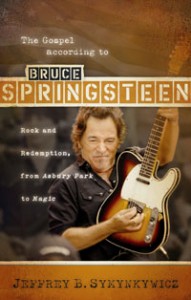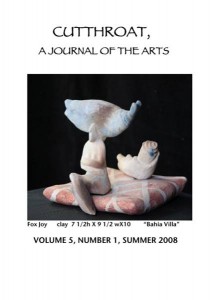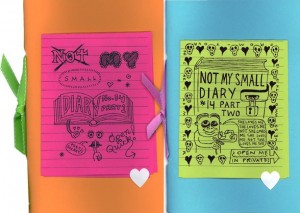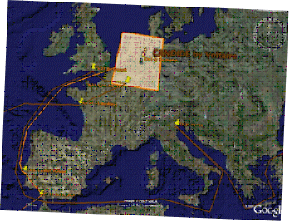12th Geraldine R. Dodge Poetry Festival
Thursday, September 25 – Sunday, September 28, 2008
Waterloo Village in Stanhope, New Jersey
This biennial festival is the largest poetry event in North America, with this year’s event expecting 20,000. These four-day celebrations of poetry have been called “poetry heaven” by former U.S. Poet Laureate Robert Hass, “a new Woodstock” by the Christian Science Monitor, and simply “Wordstock” by The New York Times.
The Festival, held in even-numbered years since 1986, immerses audiences and nearly five dozen internationally acclaimed poets in readings, discussions, and conversations focusing on poetry. Events are held all day and evening in performance tents accommodating anywhere from 100 to over 2,000 people. During each day of the Festival, ten or more separate stages offer different activities simultaneously. The most recent Festival, in September of 2006, attracted a total audience of nearly 17,000.
An essential component of each Festival is a series of special programs for high school students (Sept. 25) and for teachers (Sept. 26)at all levels, elementary through college. More than 4,500 students and 2,000 teachers from throughout the country participate in conversations and readings designed specifically for them during the first two days of the Festival.
Admission is well within reason, with the most costly four-day pass topped at $78 (discounts at all levels for students!).
This year’s line-up includes Chris Abani, Coleman Barks, Taha Muhammad Ali, Coral Bracho, Billy Collins, Lucille Clifton, Mark Doty, Martín Espada, Joy Harjo, Robert Hass, Brenda Hillman, Edward Hirsch, Jane Hirshfield, Ted Kooser, Maxine Kumin, Naomi Shihab Nye, Sharon Olds, Linda Pastan, Charles Simic, C.D. Wright, Franz Wright and dozens of other accomplished poets, musicians and storytellers.







